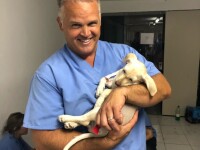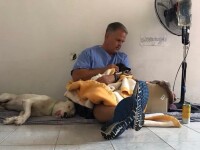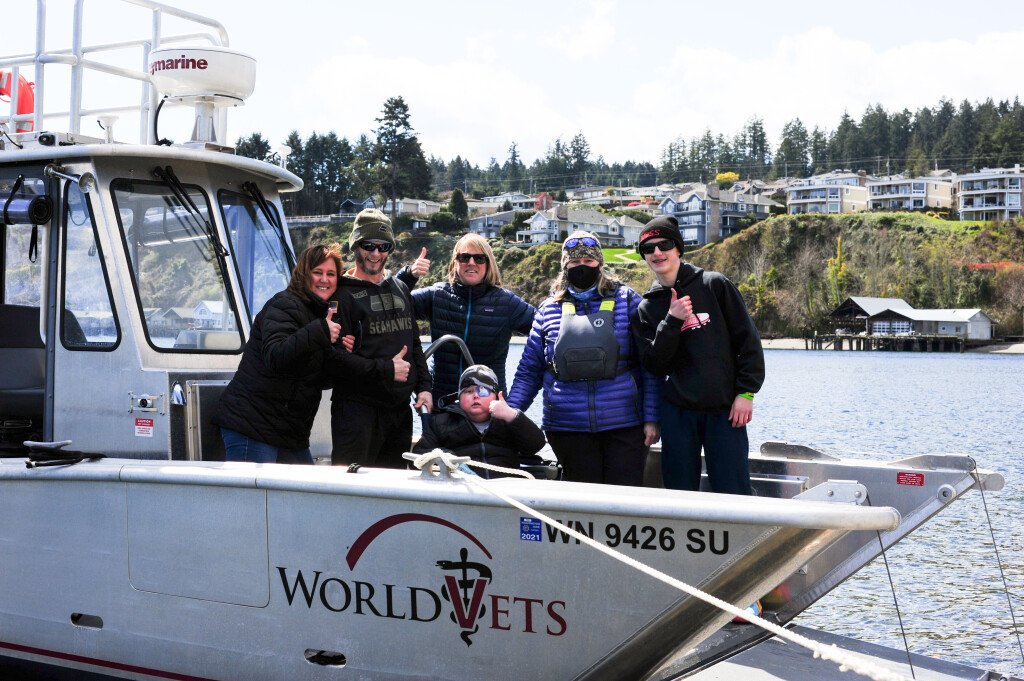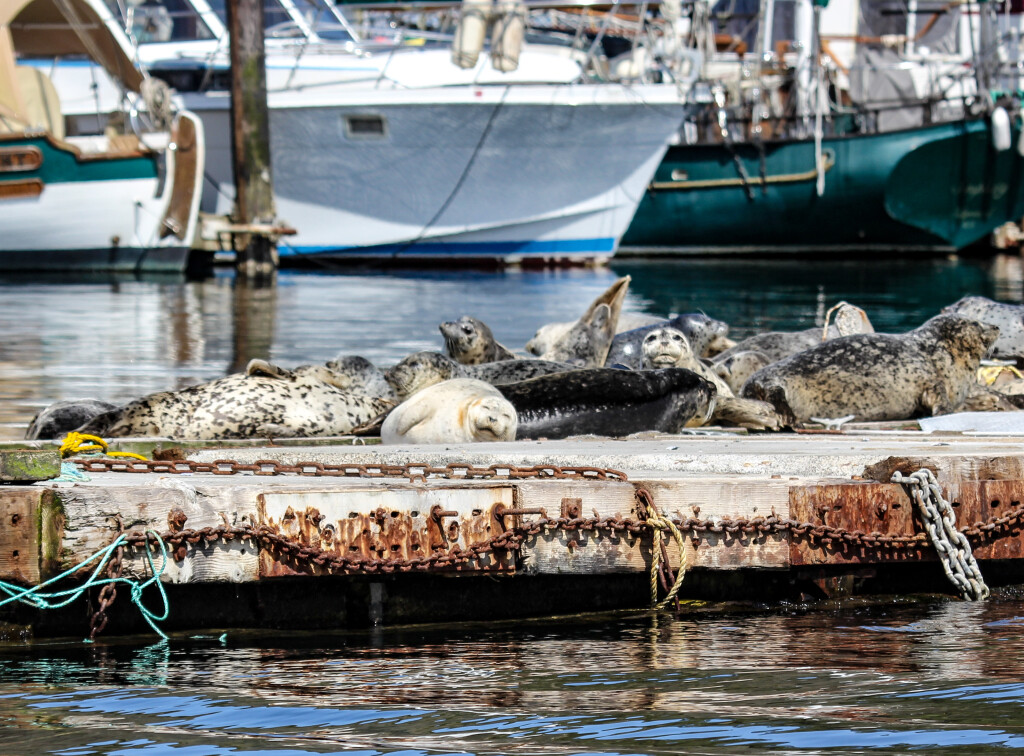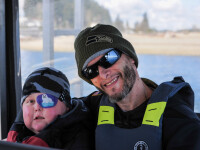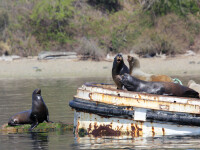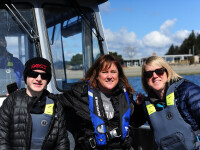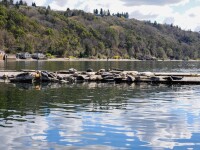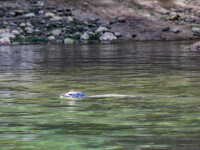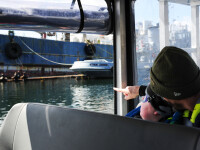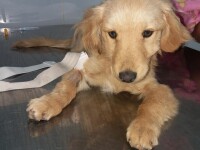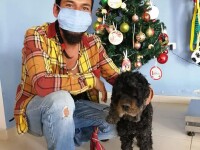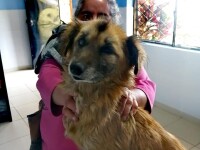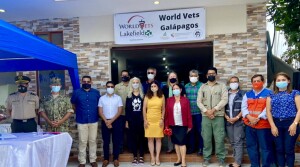
Official announcement ceremony of World Vets Galapagos, Conservation Medicine Program, held at World Vets new facility on San Cristobal Island. November 6, 2021
World Vets, along with our founding sponsor Lakefield Veterinary Group, is excited to announce the official launch of World Vets Galapagos, Conservation Medicine Program on the Galápagos Islands. Several years in the making, this ambitious program will work collaboratively to help protect the vast biodiversity of the Galápagos Islands especially as it relates to the unique challenges brought about by the interface of wildlife populations, domestic animals and humans. World Vets will be working together with multiple agencies including the Galápagos National Park (Parque Nacional Galápagos, PNG), the Galápagos Conservancy, Agencia de Regulación y Control de la Bioseguridad para Galápagos (ABG), the Municipality of San Cristobal and Animal Balance. World Vets CEO Dr Cathy King signed an official agreement with Galápagos Conservancy with support from Mr. Danny Rueda, Director of the Galápagos National Park and Dr Marilyn Cruz, director of ABG. The official announcement ceremony, along with the signing of an additional cooperative agreement between World Vets and Mayor Henry Cobos for the municipality of San Cristobal Galápagos, was attended by officials of the various agencies at an event held at our new veterinary facility on San Cristobal Island on November 6, 2021. The ceremony, attended by many dignitaries, included speeches from Dr Marilyn Cruz (ABG), Wacho Tapia (Galapagos Conservancy), Emma Clifford (Animal Balance), Mayor Henry Cobos (Municipality of San Cristobal) and Cathy King (World Vets).
World Vets Conservation Medicine Program will include efforts in a variety of areas including work on marine animals and other native and endangered wildlife species as well domestic animals.
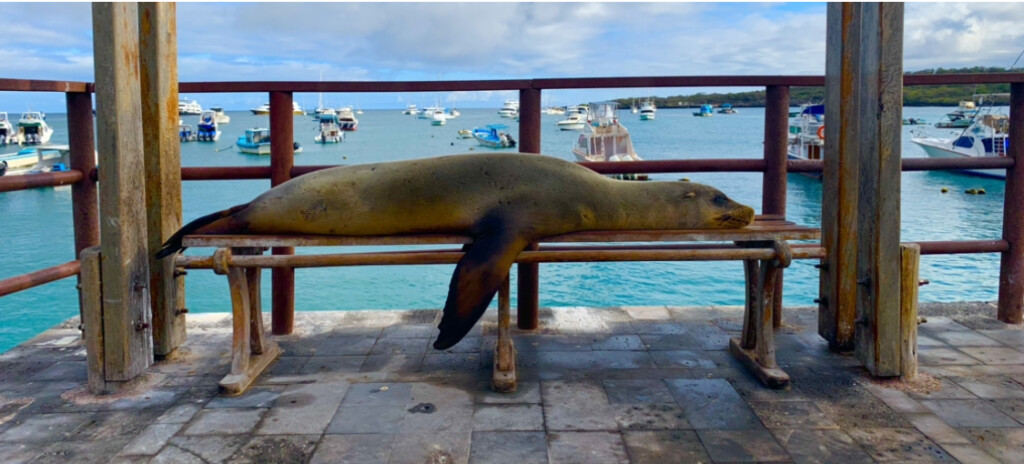
A Galapagos sea lion naps on a bench on San Cristobal Island. Photo:Cathy King
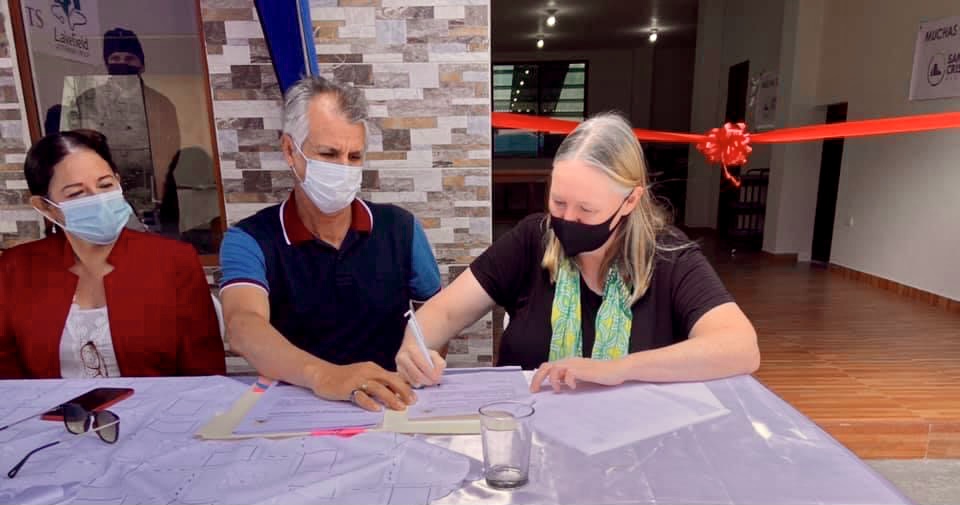
San Cristobal, Galapagos Mayor Henry Cobos and World Vets CEO Cathy King signing a collaborative agreement.
Programs will include:
-Providing veterinary support and staffing to respond to sick, injured and entangled marine animals, as well as other native and endangered wildlife in the field and at the new Galápagos National Park (PNG) wildlife facility on San Cristobal Island (primarily as it relates to causes related to human interaction).
-Working to build capacity and resources of the PNG Rapid Response Network, especially related to the large population of Galápagos sea lions on San Cristobal.
-Working to build additional capacity for stranding response and veterinary support for marine animals throughout the Galápagos Archipelago, working together with PNG and PNG veterinarian Dr Andrea Loyola (based on Santa Cruz Island)
-Research related to understanding and protecting marine species as well as other endangered and native wildlife, including health and disease monitoring.
-Working together with ABG to monitor invasive species in the Galapagos Islands
-Education and training programs
-Working together with ABG, Animal Balance and the Municipality to keep local dog and cat populations healthy and manageable though sterilization programs and year round availability of veterinary services provided free of charge to the local community. For many years Animal balance, led by Emma Clifford, has worked together with ABG to provide successful and ongoing community-based sterilization campaigns throughout Islands. In recent years, the need for year round access to veterinary care has become an urgent priority. Our work will build upon their foundation and ongoing work as World Vets opens our new veterinary facility that will provide access to year round veterinary medical and surgical services and spay/neuter programs with a primary focus on San Cristobal Island.
Over the coming weeks and months we will continue to share the details of the various programs. We look forward to working together as part of this multi-agency effort to protect the Galápagos Islands.
We are grateful to Lakefield Veterinary Group for their support of this program and to all of the various agencies that have made this program possible.








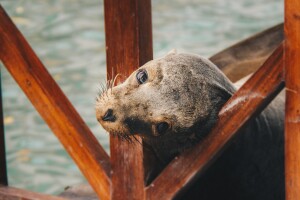
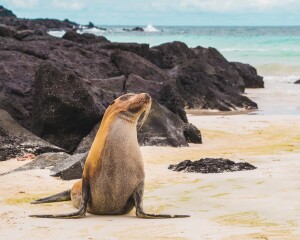
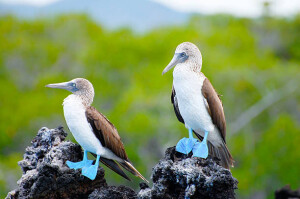
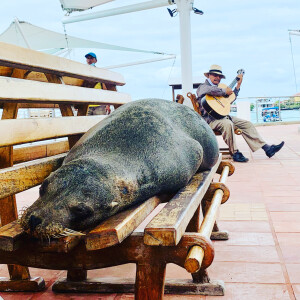
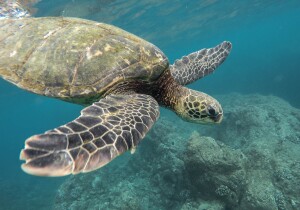
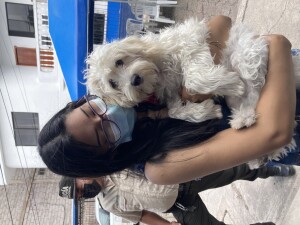
 Kelly O’Keefe, a long-time supporter of World Vets, is biking across the country to bring awareness and raise funds for five charities of his choosing, including World Vets!
Kelly O’Keefe, a long-time supporter of World Vets, is biking across the country to bring awareness and raise funds for five charities of his choosing, including World Vets!
